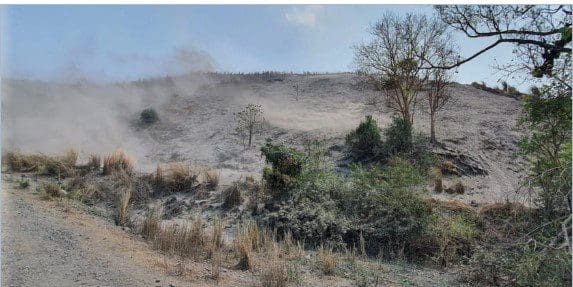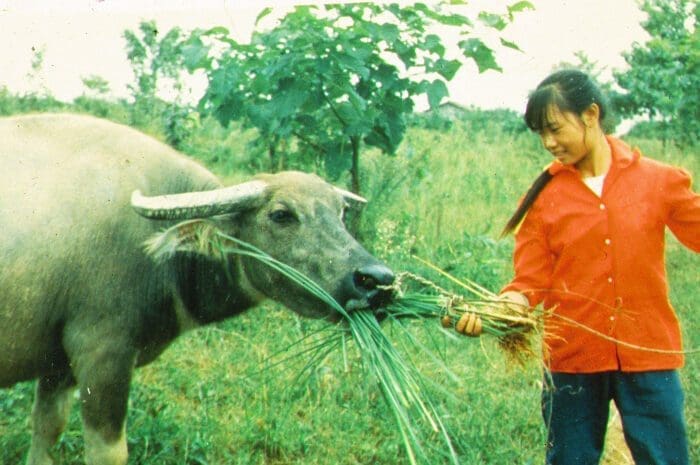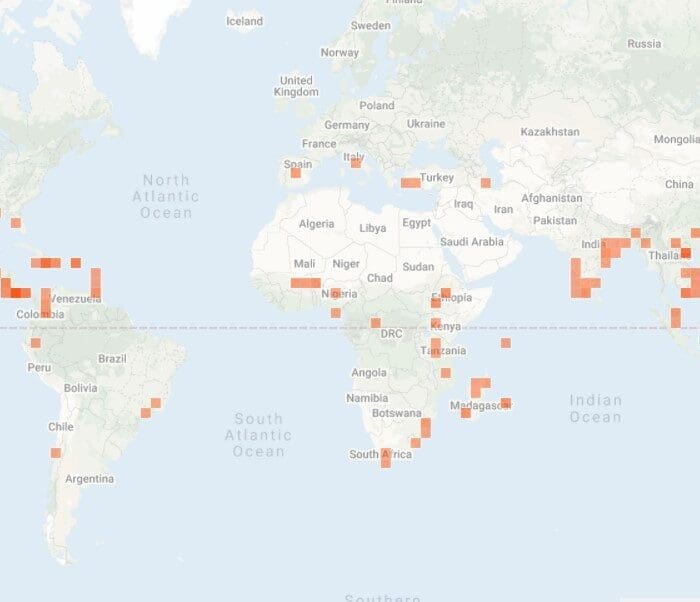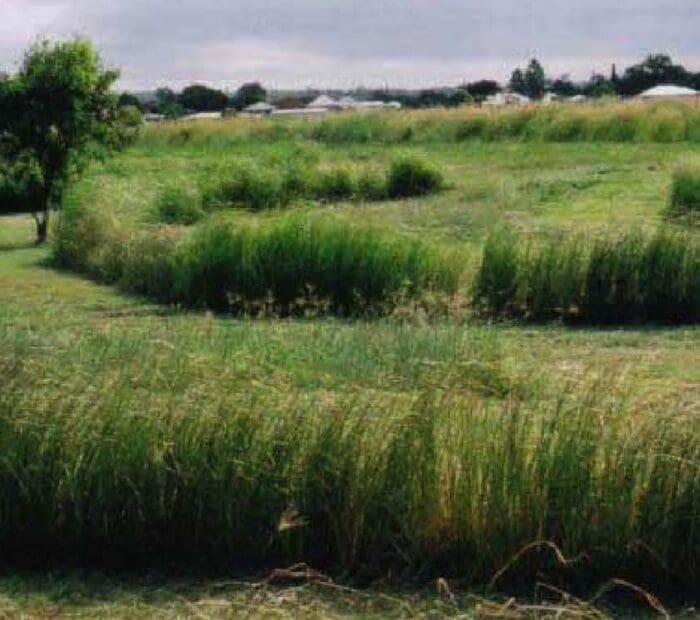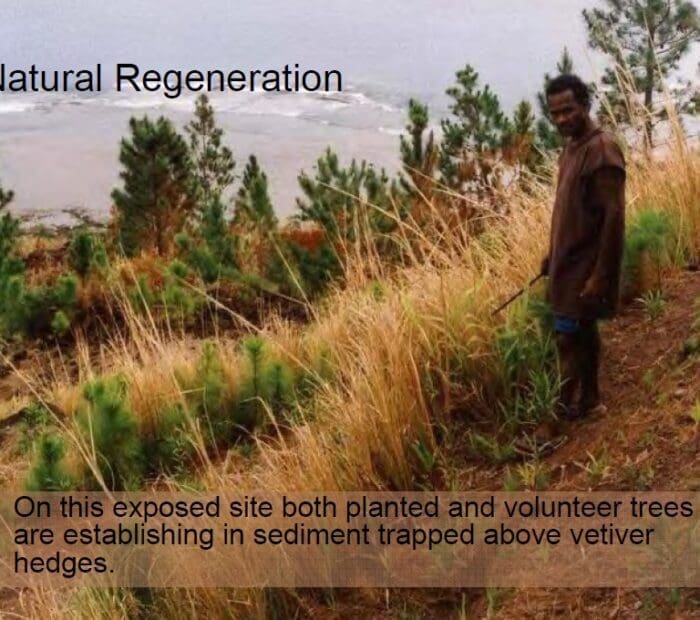Coal Flyash Dump Successfully Stabilized with Vetiver Grass
When not stabilized and protected, fly ash dumps, associated with coal fired power generation plants, are serious health hazards due to heavy metals (Zn, Pb, Cu, Ni, Cd, and As) in the fly ash dust and associated dumpsite leachates. These toxic chemicals impact surrounding people, animals, land and groundwater. Phytoremedial mitigation using vetiver grass can be very effective, primarily through phytostabilization of the fly ash, with phytoextraction of toxic metals as a secondary benefit. Vetiver when grown in fly ash: has a dense mass of ash binding roots; is tolerant to the heavy metals (that when extracted remain mainly in the roots — the leaves can be fed safely to livestock or used for other purposes); and shows no significant sign of plant damage thus assuring long term survival. … Read the rest “Coal Flyash Dump Successfully Stabilized with Vetiver Grass”
